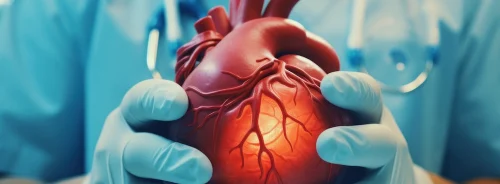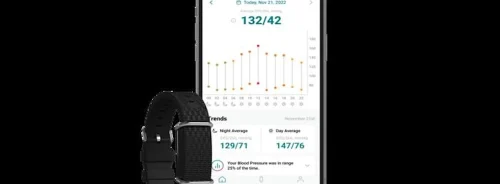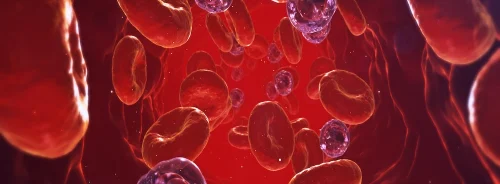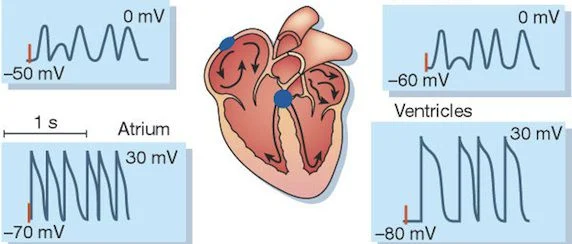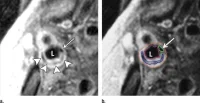Treatment using electrical energy, opposed to medications, could be a viable first option for the treatment of certain type of Atrial Fibrillation
According to a study published in the February 19 issue of JAMA, treatment with electrical energy (radiofrequency ablation) administered to patients with untreated paroxysmal (intermittent) atrial fibrillation (AF) achieved a lower rate of abnormal atrial rhythms and episodes of AF.
Affecting roughly 5 million people globally, AF is associated with an increased risk of stroke, and as per practice guidelines drug treatment is recommended as a first-line therapy in patients with paroxysmal AF.
As stated by background information in the article, while radiofrequency ablation is an accepted therapy in patients for whom antiarrhythmic drugs have failed, its role as a first-line therapy necessitates further investigation.
Together with his team of colleagues, Carlos A. Morillo, M.D., F.R.C.P.C., of Canada’s McMaster University in Hamilton, compared ablation to drug treatment as first-line therapy in patients with paroxysmal AF who had not previously been subject to treatment.
The trial included 127 patients at 16 centers in Europe and North America; 61 patients received antiarrhythmic drug treatment and the remaining were given radiofrequency ablation.
The primary measured outcome was recurrence of an atrial tachyarrhythmia lasting longer than 30 seconds, this occurred more often in the antiarrhythmic drug group than in the ablation group, 44 patients (72%) versus 36 patients (55%).
Asymptomatic AF was also evident more frequently with drug treatment, in 11 patients (18%) compared with 6 patients (9%). Symptomatic recurrence of abnormal rhythm was more common with drug treatment, 36 patients (59%) in the antiarrhythmic drug group compared with 31 patients (47%) in the ablation group.
Both treatments improved overall quality of life, however it was not significantly different between groups. Neither group reported deaths or strokes, whereas the ablation group reported 4 cases of cardiac tamponade, defnied as the accumulation of a large amount of fluid (usually blood) near the heart that leads to interference with its performance.
In their report conclusion the authors write that recurrence of an atrial tachyarrhythmia was frequent in both groups, and that when offering ablation as a therapeutic option to patients with paroxysmal AF who have not previously received antiarrhythmic drugs, the risks and benefits need to be discussed and treatment strategy individually recommended.
Commenting on the findings of this study in an accompanying editorial, Hugh Calkins, MD of Johns Hopkins Hospital in Baltimore, Maryland wrote that Morillo and his team of colleagues had made a vital contribution in defining the efficacy, safety, and clinical role of catheter ablation of AF in treating symptomatic patients with paroxysmal AF. Their trial not only provided previously unknown and significant information concerning the efficacy of AF ablation but also served as further reminder of the potential complications of invasive therapies such as AF ablation.
Source: JAMA
Image credit: Google
19 February 2014
Latest Articles
Research, Stroke, Arrhythmia, Cardiac, Medication, atrial fibrillation, drug, treatment, therapy, AF, catheter ablation, electrical energy treatment
Treatment using electrical energy, opposed to medications, could be a viable first option for the treatment of certain type of Atrial Fibrillation Acco...

